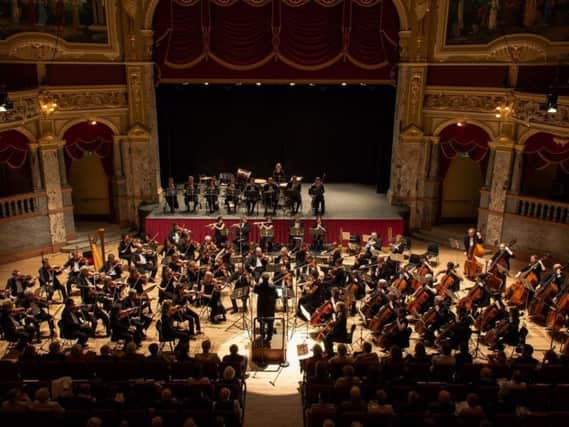Classical Chat: Symphonies provide a feast of music


A symphony is a multi-movement piece which evolved out of the early dance suites in the mid-1700s and became an immensely flexible term able to cover a vast range of music.
The idea was that, unlike the earlier orchestral suites where the individual pieces were more self-contained, the symphony would link together to form a completely satisfying whole.
Advertisement
Hide AdAdvertisement
Hide AdLater on, composers would take this idea much further, making the symphony a kind of journey.
Originally made up of three or four movements (with faster and slower music contrasted for variety), symphonies went on to contain anything from one section to seven sections and could last from a few minutes to more than an hour.
Gustav Mahler summed up the ambition of the format well when he said the symphony was a world.
But where to start? Here are five suggestions.
Beethoven’s Third. Known as the Eroica, this marked the start of a world of musical adventures. A vast opening movement full of drama leads into an equally enormous funeral march so impressive and grave it is still used on solemn occasions more than 200 years later.
Advertisement
Hide AdAdvertisement
Hide AdTchaikovsky’s Sixth. This also has a nickname (the Pathetique) and ended up as the composer’s suicide note. The first movement contains unbearable pain in its shattering horn writing and it ends with an extraordinary slow section before falling into silence.
Mahler’s Third. Few symphonies cram more in than this 90-minute, six-movement marathon. Beautiful song interludes for a soloist and choir blend with lavish depictions of Austrian nature.
Bruckner’s Fourth. Another ode to the Alpine countryside, the Romantic symphony is an explosion of delight, beauty and religious faith. Film buffs will feel well at home here; Bruckner’s brass and string writing has a widescreen, epic feel.
Shostakovich’s Seventh. The Leningrad is a journey into the darkness of World War Two, dominated by a chilling invasion march.